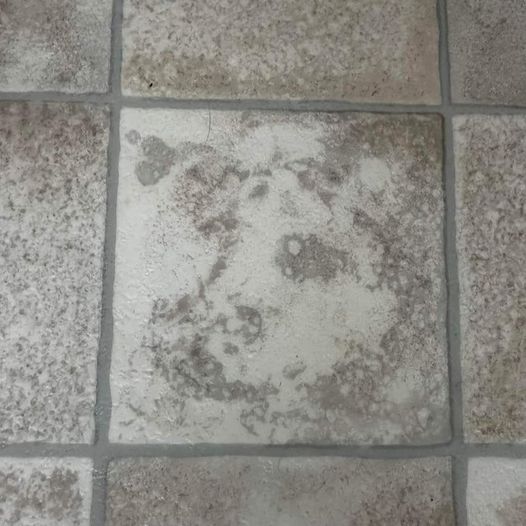Discovering Faces in Everyday Objects
In psychology, pareidolia is the phenomenon where we recognize familiar patterns, especially faces, in random stimuli. An example of this can be seen in a seemingly ordinary tile floor that reveals a faint face upon closer inspection.
What is Pareidolia? Pareidolia occurs when the brain interprets random shapes or patterns as something meaningful, often a face. This ability is an evolutionary trait that helped early humans identify friends and foes. Our brains are so adept at recognizing faces that we often see them even in vague resemblances.
The Tile Face: In the image, the rough texture of the tile forms a face with eyes, a nose, and a mouth. This hidden visage transforms the ordinary tile into something mysterious, evoking wonder or eeriness as if the inanimate world is alive.
Why Do We See Faces? Our tendency to see faces is rooted in our evolutionary need for social connection and survival. Quickly recognizing faces helped early humans detect allies and threats, shaping our brain’s ability to pick up even subtle facial cues.
The Artistic Side of Pareidolia: Pareidolia has inspired artists who find beauty in hidden images around us. The tile face can be seen as an accidental masterpiece, reminding us that art can emerge from the unexpected.
Conclusion: Next time you encounter a textured surface or look at clouds, take a moment to observe. You might discover a face staring back, revealing the magic hidden in everyday life through pareidolia.


